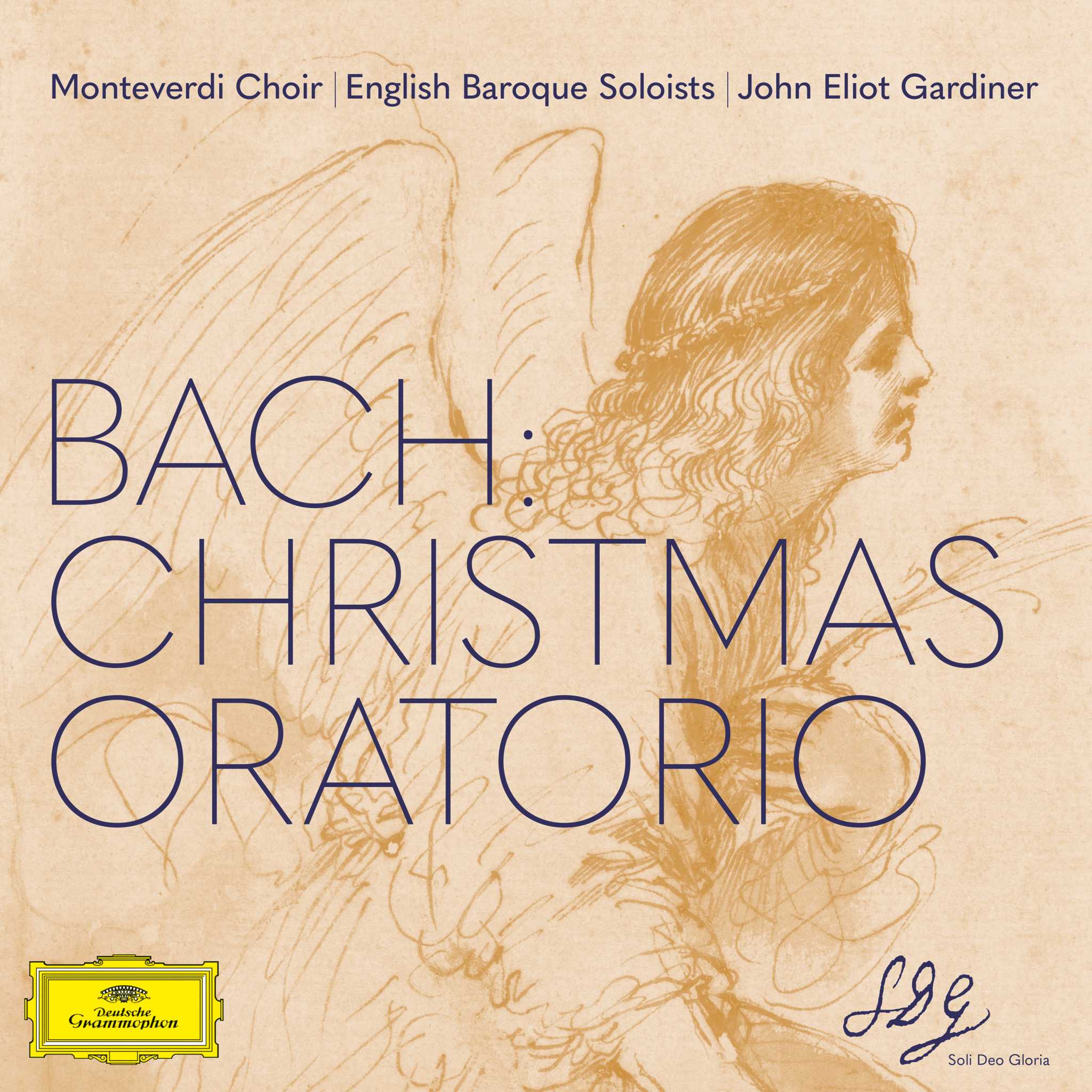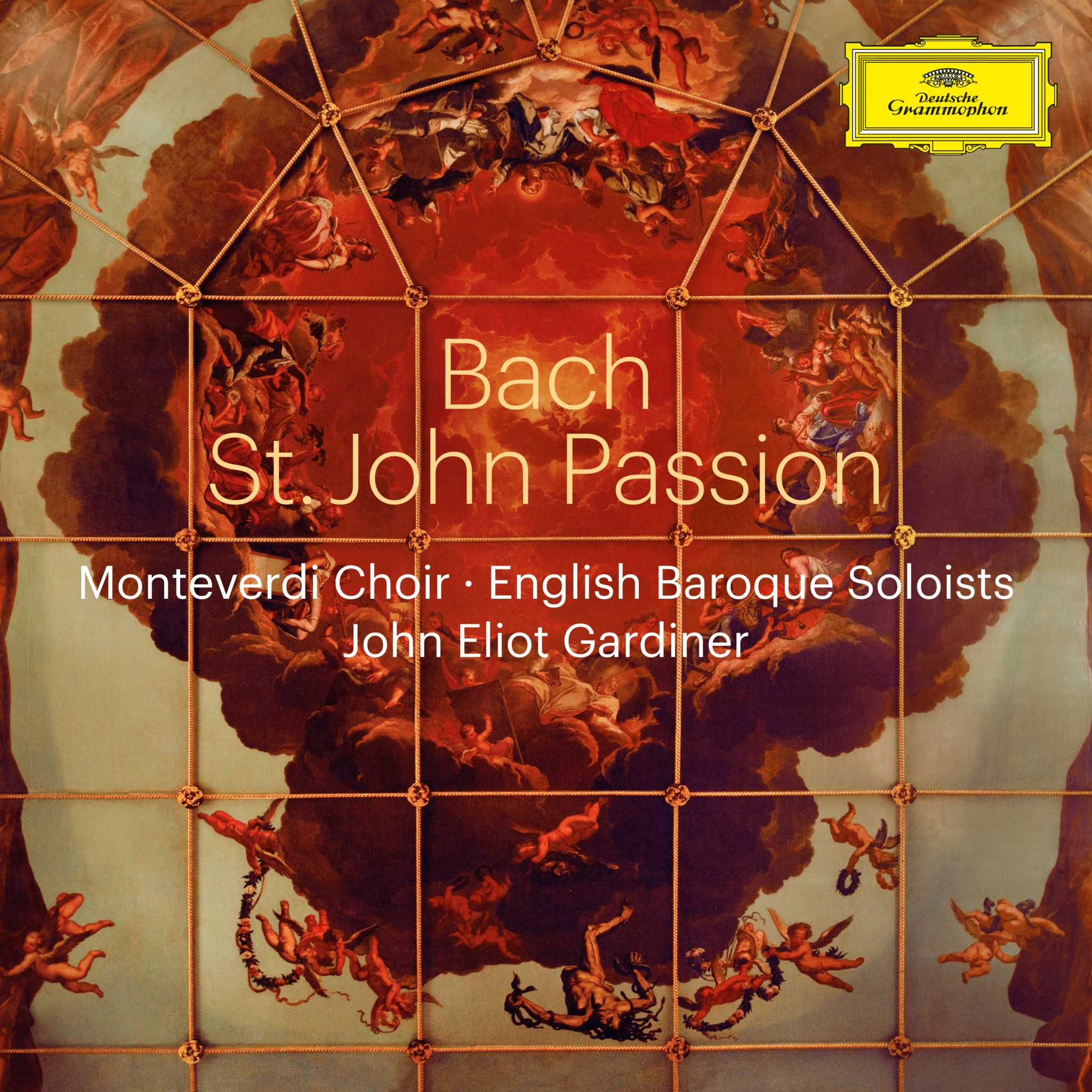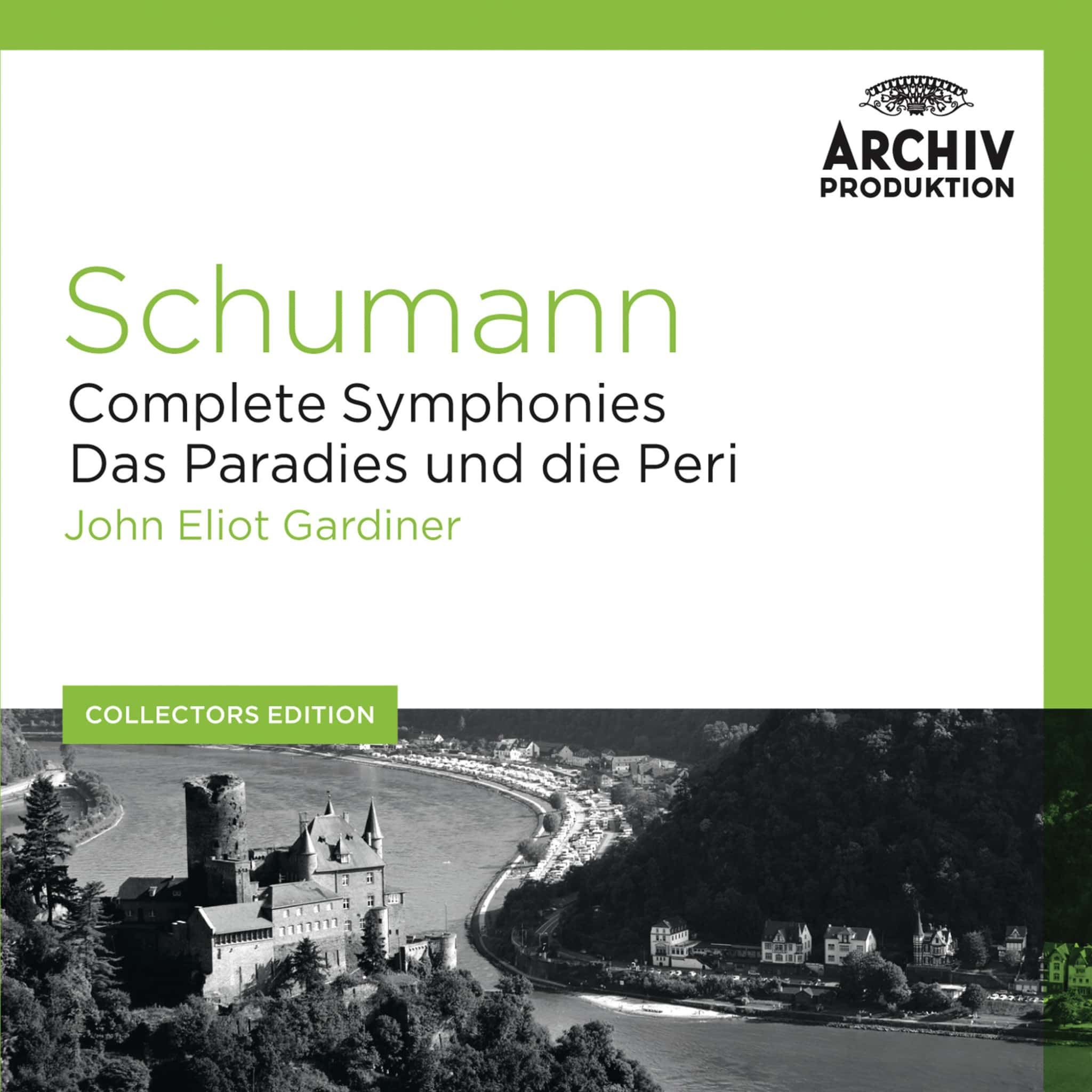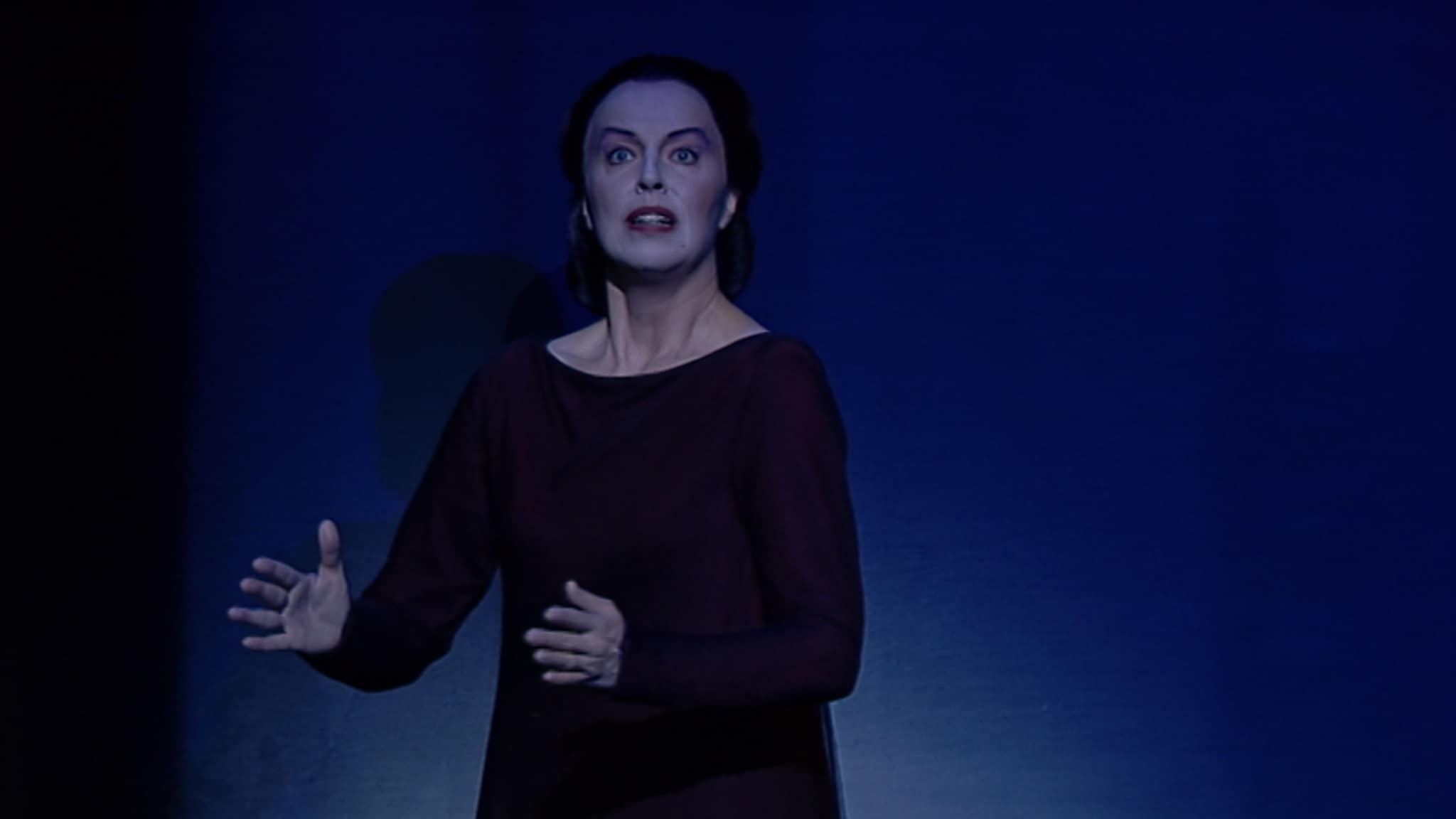Album insights
Leopold Kozeluch, an admirable composer from Vienna, gained recognition in England in 1785 through the skilled performance of Mademoiselle Paradis. His works have since grown significantly in number and popularity, exuding brilliance, honesty, good taste, and precise harmony; Haydn imitations are rarer compared to other masters of that school.
Dr. Charles Burney's enthusiastic assessment in his General History of Music (1789) was widely shared in the late 18th century. Kozeluch vied with Mozart for the acclaim of Viennese connoisseurs and enthusiasts, considered Mozart's equal as a composing pianist. Irish tenor Michael Kelly, who premiered as Basilio in Le nozze di Figaro, remembered the first encounter with Mozart at a concert in Vienna showcasing "the famous Kozeluch, a great pianoforte composer and master of that instrument." Kozeluch's fame extended well beyond Vienna, with music scholar Ernst Gerber listing him as the most popular composer in Europe in his Lexikon der Tonkünstler.
Born in the Bohemian village of Velvary near Prague, Kozeluch initially studied law at Prague University before abandoning it for music in Vienna. He quickly made a name for himself with ballet and stage music in Prague, relocating to Vienna in 1778 under the name Leopold to avoid confusion with his cousin.
Upon arriving in Vienna a few years before Mozart, Kozeluch captivated the music-loving Viennese aristocracy as a pianist, composer, and teacher. He dominated the "Kingdom of the Keyboard" for over a decade. Unlike Mozart's limited publications during his lifetime, Kozeluch swiftly published his works, benefiting from being his own publisher. Despite later falling out of fashion with composers like Beethoven poking fun at him, Kozeluch's thematic economy and musical talents shone brightly in Vienna during the late 18th century.
During this competitive musical era in Vienna, envy naturally brewed between Kozeluch and Mozart, despite sharing common friends and attending each other's concerts. Mozart revealed to Michael Puchberg in 1789 his composition of sonatas and quartets for the Princess and King of Prussia, financed by Kozeluch, underscoring their professional relationship. While Mozart composed a piano concerto for the blind pianist Maria Theresia von Paradis, Burney credited Paradis' precise execution as the catalyst for Kozeluch's popularity in England.
Similar to Mozart and Paradis, Kozeluch diligently composed concertos for his public performances in Vienna, demonstrating his prowess as a composer and pianist. His collection of 22 surviving keyboard concertos—primarily for fortepiano—reflects the peak of his career in the 1780s. Though lacking Mozart's melodic elegance and orchestral grandeur, Kozeluch's works charm listeners with graceful simplicity and polished proportions.
The F major Concerto's Allegro presents Kozeluch's ability to craft a piece from a delicate melody, evolving through orchestral flourishes and a harmonically rich central episode. The B-flat major Adagio showcases a melodically enriched theme with contrasting sections, leading to a buoyant Rondo finale with hunting music overtones. In the E-flat major Concerto, Kozeluch employs themes of variegated complexity and elegance leading to a fervent Andante con variazioni and a spirited final Rondo.
Kozeluch's C major Concerto commences with martial fanfares, followed by a refined response heralding thematic development. The second movement reveals a wistful pathos, while the Minuet-style finale aligns with traditions of the period, displaying Kozeluch's signature brevity and elegance. The concerto's monothematic Rondo loops back to the initial charming melody, concluding with delightful conciseness, a signature of Kozeluch's style.
















